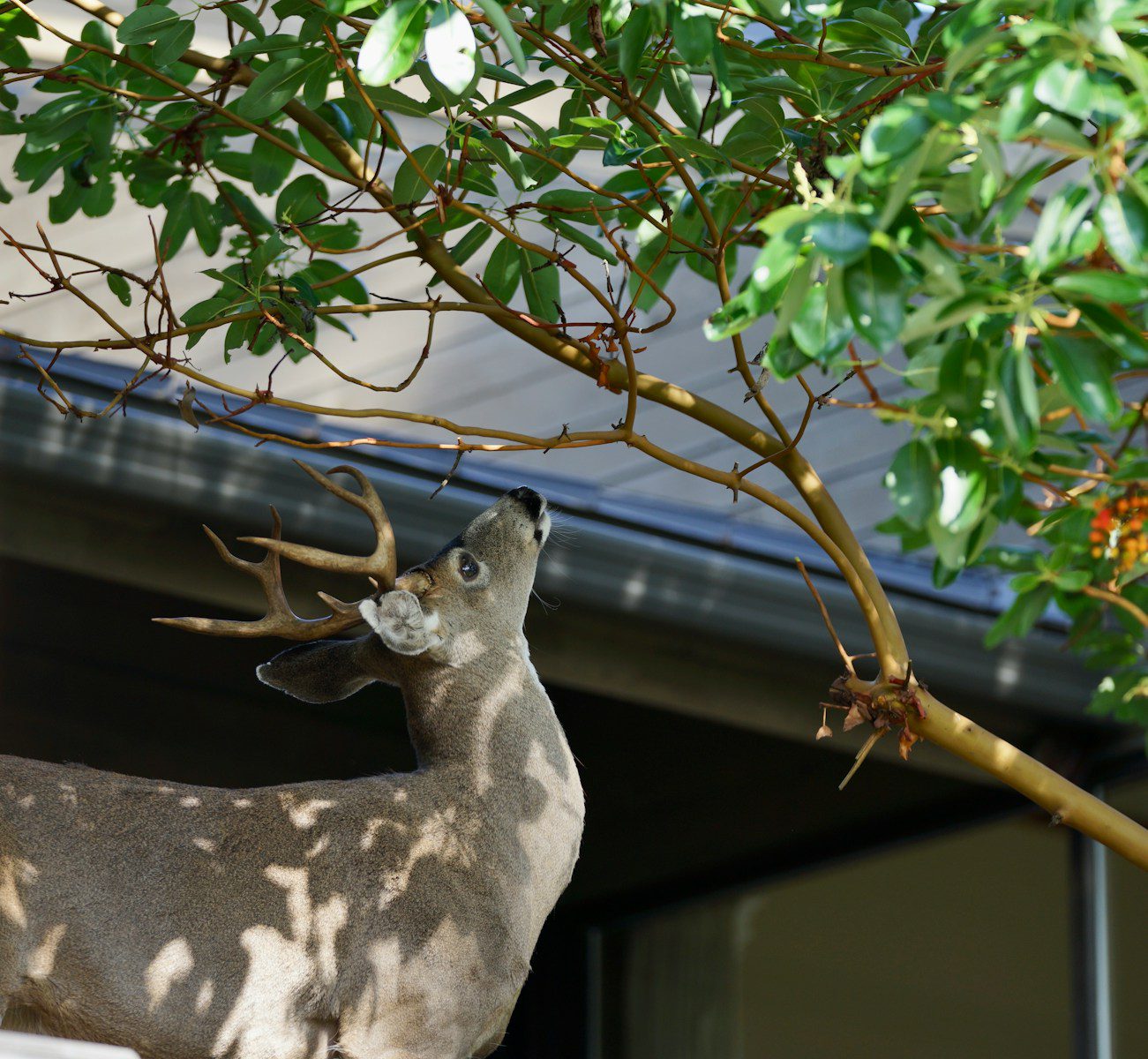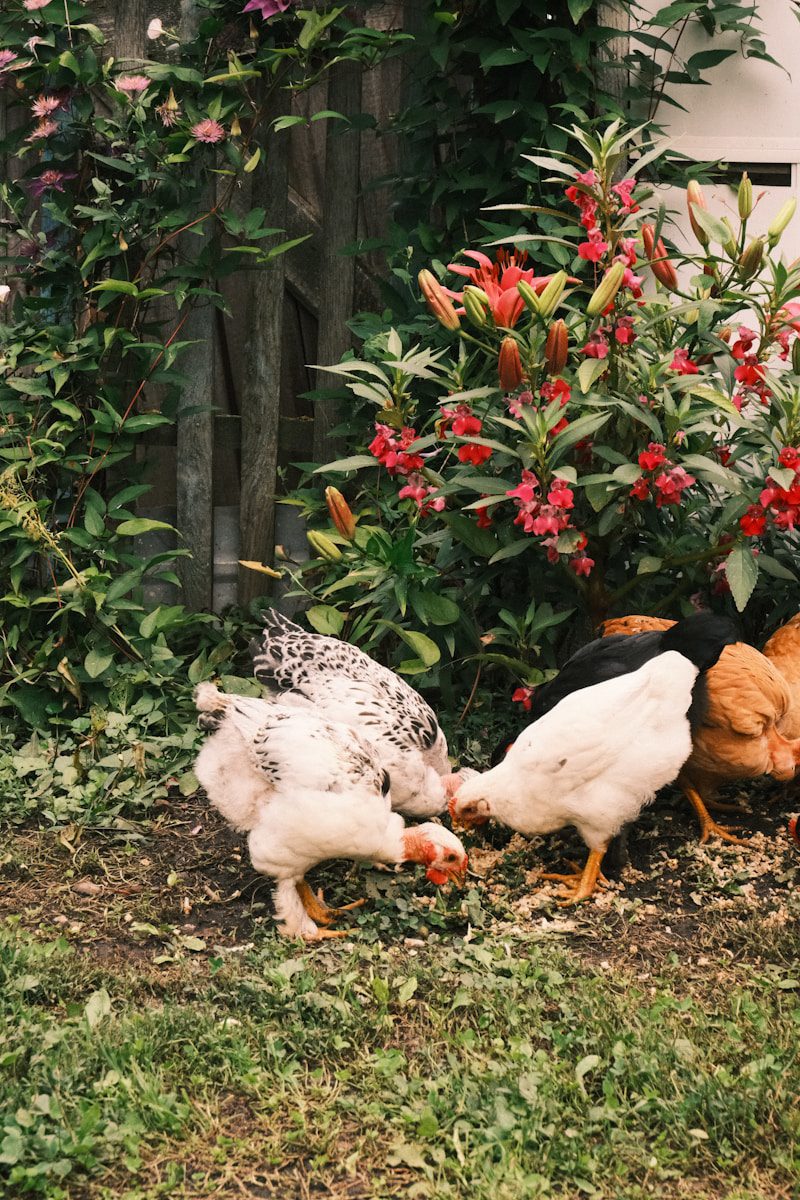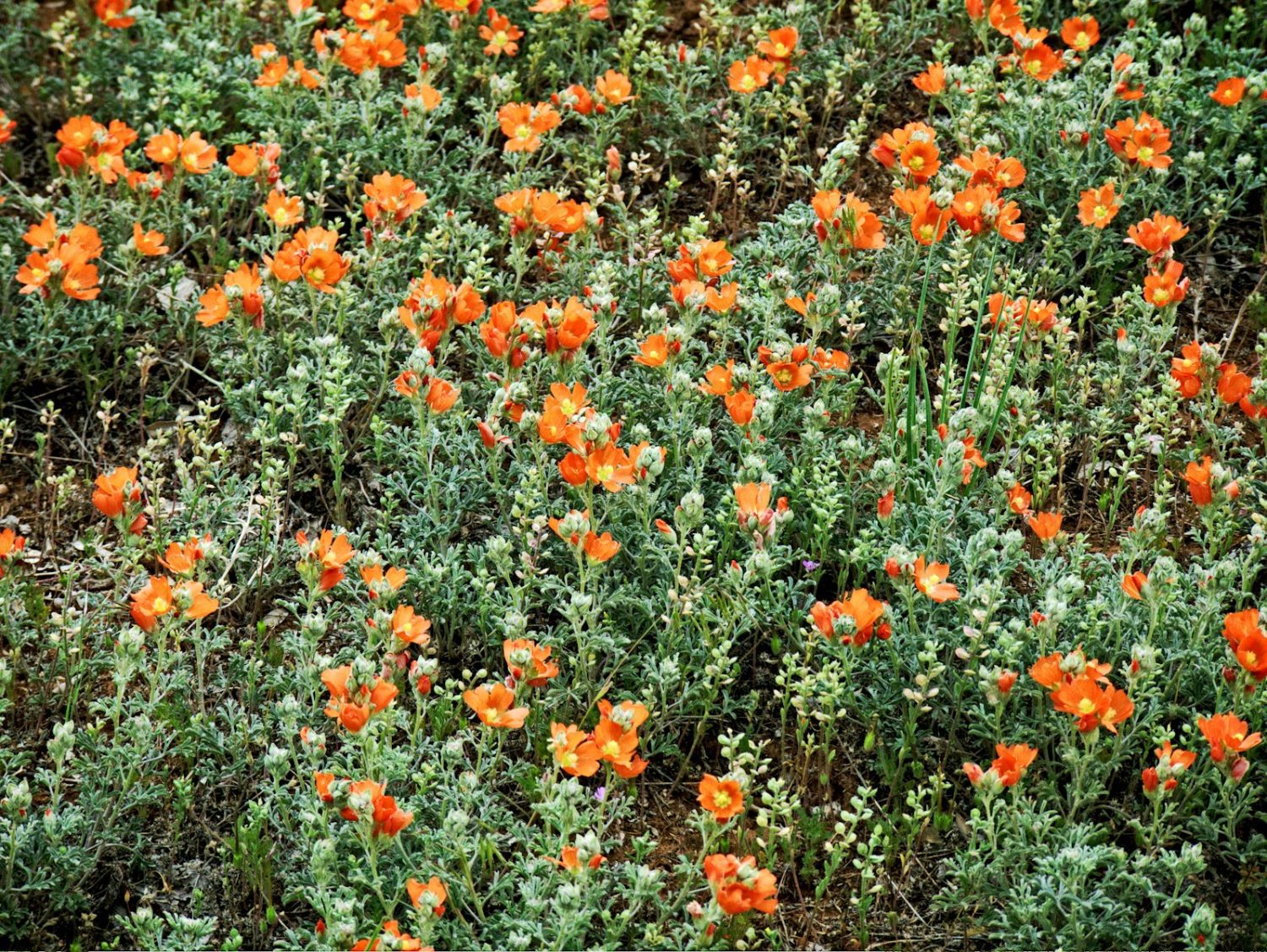
When you hear the words “garden party,” a very specific picture may come to mind. Sunlight filtering through trees. Tables dressed with flowers. Friends chatting on a lawn while sipping something cold. It feels elegant but never stiff. That’s where the idea of garden party attire comes in. It’s about dressing with a touch of grace while still keeping comfort close at hand.
Garden party attire isn’t just one outfit or one rule. It’s a balance. You want to feel polished enough for photos and mingling, but also relaxed enough to move easily across grass and gravel. Think of it as daytime chic with a natural twist. Instead of heavy fabrics, you lean toward light ones. Instead of dark tones, you invite color. Instead of sharp edges, you bring softness.
Let’s take a deeper look at what makes this style unique, how you can put it together, and why it continues to charm hosts and guests alike.
The Spirit of Garden Party Style
At its core, garden party attire is guided by the setting itself. You are outside, surrounded by flowers, greenery, and often sunshine. The environment asks for lightness, both in mood and in fabric. That is why the first rule is simple: keep it airy.
Women’s Choices
Dresses are the classic option. Floral prints, pastels, and flowing cuts are always welcome. Sundresses, tea-length dresses, or even jumpsuits in soft fabrics fit beautifully. Fabrics like cotton, linen, chiffon, and silk blends breathe easily. You want movement and comfort, not stiffness.
Shoes make a difference. Stilettos sink into grass, so block heels, wedges, or dressy flats are the smarter choice. A delicate sandal works perfectly. Hats, too, can be part of the look—wide brims not only add charm but also protect you from the sun.
Accessories lean toward the natural. Think straw bags, pearl earrings, or a light scarf. The key is not to overload. One or two accents are enough.
Men’s Choices
Men often aim for smart-casual with a garden twist. Light-colored trousers or chinos paired with a button-down shirt set the right tone. A linen blazer can lift the look, but it should never feel too formal.
Ties are optional, often skipped. Loafers, suede shoes, or even polished dress sneakers can work. Leather sandals, in the right cut, may also fit. The secret is ease.
Patterns are welcome. Subtle florals, checks, or stripes echo the surroundings. Pocket squares or lightweight hats add personality without going overboard.
Children’s Choices
For younger guests, garden parties are perfect occasions for playful but tidy outfits. Dresses with floral prints, light cardigans, or tailored shorts with collared shirts work well. Closed-toe shoes help little ones move across uneven ground. Comfort is the main guide, with just a hint of polish.
How to Choose the Right Outfit
Now that we see the spirit, how do you make your choice? Think of three factors: season, setting, and mood.
Season Matters
Spring garden parties often call for bright florals and pastel tones. Summer leans into light fabrics and sleeveless designs. Autumn may bring warmer colors like rust, gold, or plum, often layered with light sweaters or jackets.
Winter garden parties, though rare, can still work with deeper tones and heavier fabrics, always balanced by layering.
Setting Plays Its Part
Is the garden party at a private home, a public botanical garden, or even a vineyard? The backdrop influences the level of formality. A casual backyard barbecue-style gathering might allow sundresses, polo shirts, and sandals. A wedding reception in a rose garden may call for something more refined—cocktail dresses, tailored suits, and coordinated accessories.
Mood of the Event
The host’s invitation often signals the tone. Words like “casual garden party” suggest ease. Phrases like “garden cocktail reception” lean more formal. Always read between the lines. If in doubt, it is better to dress slightly more polished than too relaxed.
Why Garden Party Attire Endures
Garden party attire holds a timeless charm because it does more than dress the body. It shapes the atmosphere of the event.
When everyone arrives in coordinated lightness—florals, linens, airy colors—the setting feels like a painting. It lifts the mood. It makes photos glow. It creates a shared sense of occasion.
It also bridges two worlds. On one side, you have the elegance of a formal gathering. On the other, the ease of being outdoors. Garden party attire blends the two in harmony. That balance is rare, and it explains why the style has lasted for generations.
We also can’t ignore the practical side. Outdoor events come with sunlight, uneven ground, and sometimes a breeze. This attire respects that. Shoes that don’t sink, fabrics that breathe, hats that shade—it all makes sense.
And perhaps most of all, it connects us to nature. Dressing for a garden party means dressing with the garden itself in mind. Colors echo flowers. Fabrics flow with the breeze. Accessories nod to natural textures. It is clothing that honors its setting.
Graceful Style for Memorable Gatherings
When we ask “what is garden party attire,” we are really asking something deeper. We are asking how to match our look to the beauty of the moment. The answer is always balance: comfort paired with polish, nature paired with refinement.
Choose airy fabrics. Embrace color. Skip the shoes that sink. Add one detail that makes you smile, whether a floral print, a linen jacket, or a simple hat.
In the end, garden party attire isn’t about rules. It’s about joining the story of the day. You step into the garden not just as a guest, but as part of the scene. And when we dress in that spirit, the gathering becomes more than a party. It becomes a memory that lingers long after the last glass is lifted.



